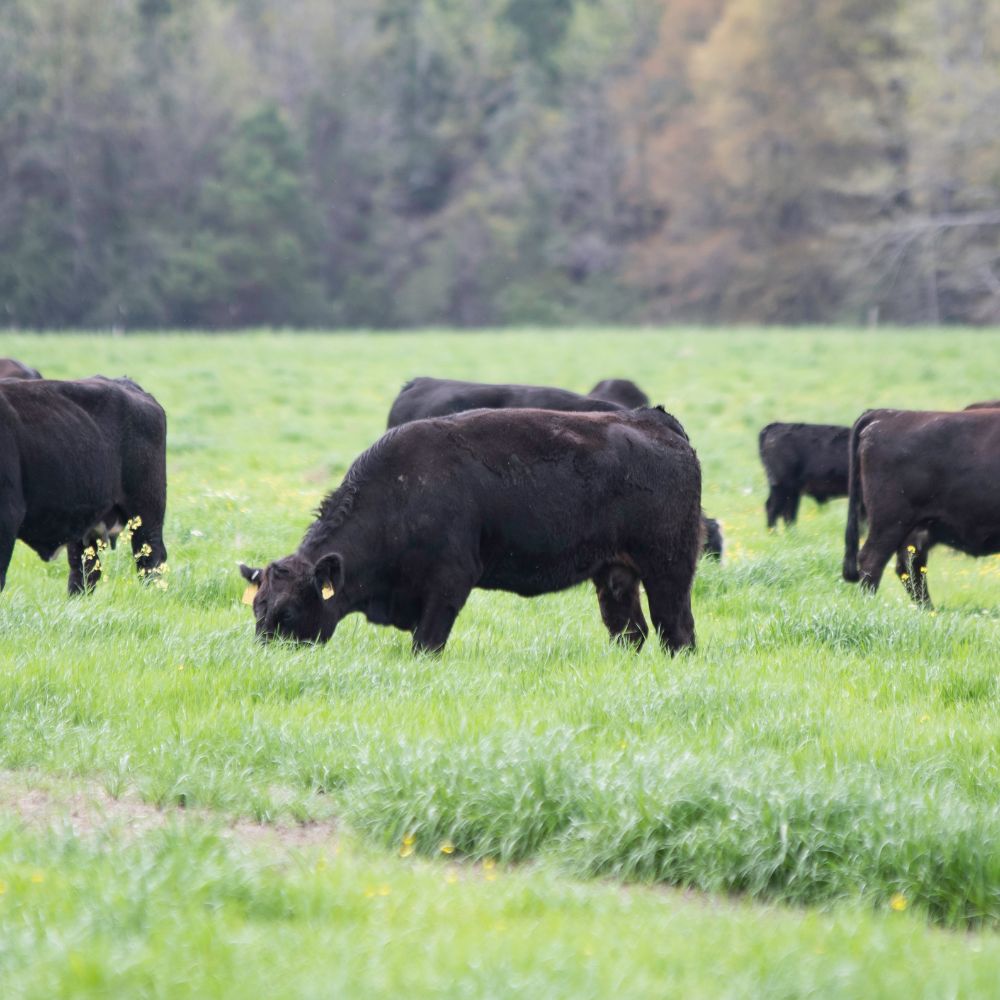Fascination About Bagley Risk Management
Fascination About Bagley Risk Management
Blog Article
7 Easy Facts About Bagley Risk Management Shown
Table of ContentsBagley Risk Management - TruthsThe Greatest Guide To Bagley Risk ManagementThe Bagley Risk Management DiariesMore About Bagley Risk ManagementBagley Risk Management Can Be Fun For Everyone
In this manner, if prices do drop listed below that break-even factor by the end date, policyholders are secured against a loss. This is very comparable to the way barnyards run, though they utilize a traditional bush. When a herdsman contracts their livestock with a feedlot, they hedge those livestock to secure the revenue point.This will be balanced out by the boosted value of the cattle., ranchers protect versus a decrease in the futures board, yet don't lose out on the greater return when prices go up.
They do this by picking a reduced percent of the forecasted finishing worth - Livestock insurance. This is a fantastic method for those seeking reduced costs rates or that have a greater threat tolerance because of solid financial health. This strategy might not protect productivity, but it can protect against major market decreases
There is not a whole lot of security or insurance coverage on a month-to-month basis, however if there is a major mishap, producers have the assurance that originates from knowing they will only be in charge of a particular amount expense. Just bear in mind, wish for the best but plan for the worst.
10 Easy Facts About Bagley Risk Management Described

Using LRP as insurance coverage for backgrounded livestock, or cattle on feed, assists alleviate that danger by shielding the expected worth of the pets. Feeder cattle can be covered to a 900-pound expected end weight and fed livestock can be hidden to a 1,400-pound end weight. With numerous weight courses to choose from, it is feasible to cover animals with the feedlot to the packer rail.
Applications can take several days to process and just filling up one out does not lock the applicant right into a policy. When the application is approved and prepared, the LRP endorsement, with its end date and forecasted finishing value, can be locked in promptly. This allows herdsmans to cover calf bones when the rate is best for their market danger administration objectives.
Picture Courtesy USDA-NRCS Rates for calf bones, feeder cattle and completed cattle have actually set some brand-new documents this loss and very early winter. A mix of conditions has sped up these historical rates. There is currently a great deal of careful optimism on the component of cow-calf manufacturers as they look at the future.
Our Bagley Risk Management PDFs

There are some benefits to producers in using LRP insurance policy as contrasted to a standard feeder cattle agreement or purchase of a choice - Livestock risk protection. One is the versatility in the variety of livestock that can be guaranteed. There is no lower limit to the variety of cattle that can be guaranteed
There is no commitment to sell cattle on which you have purchased LRP Feeder Livestock insurance coverage. You may choose to preserve possession and still be eligible for the indemnity needs to the Actual End Value fall listed below your Protection Rate. You might market livestock covered by LRP any time, gave the transfer of ownership does not happen even more than 60 days prior to the LRP Agreement End Date.
If cattle perish and your Ag, Threat Expert is alerted within 72 hours of you learning of the fatality, the insurance coverage remains basically, and the manufacturer is qualified for indemnities because of price loss, also on those pets which perished. Yes! Calf bones can currently be covered prior to unguis struck the ground.
Unknown Facts About Bagley Risk Management

Applications guarantee first-time consumers can be pre-approved to write an LRP plan It is totally free! Action 2) Lock in an Unique Protection Endorsement (SCE) when you locate a quote that satisfies your objectives (Rma LRP). With each other, we'll safeguard your investment.
With the perpetual change and unpredictability of the marketplace, Livestock Threat Security (LRP) is something all livestock producers should think about. The main purpose of LRP is to protect against the recommended you read unforeseen down rate movement in the market by setting a base on any kind of offered day and kind of livestock you desire to insure.
The 4-Minute Rule for Bagley Risk Management
There are a selection of insurance coverage degree options ranging from 70 to one hundred percent of the anticipated finishing value (https://bagley-risk-management.webflow.io/). At the end of the selected insurance policy period, if the real finishing worth is listed below the coverage cost, you will be paid an indemnity for the distinction in rate. Manufacturer anticipates to market 1,000 head of 11cwt livestock and selects coverage of $66
As of 2020, LRP (Livestock) is now available in all states when the market is readily available. Fed Cattle with finishing weights between 1,000lbs-1,400 lbs that will be marketed for slaughter near the end of the insurance policy period.
Report this page